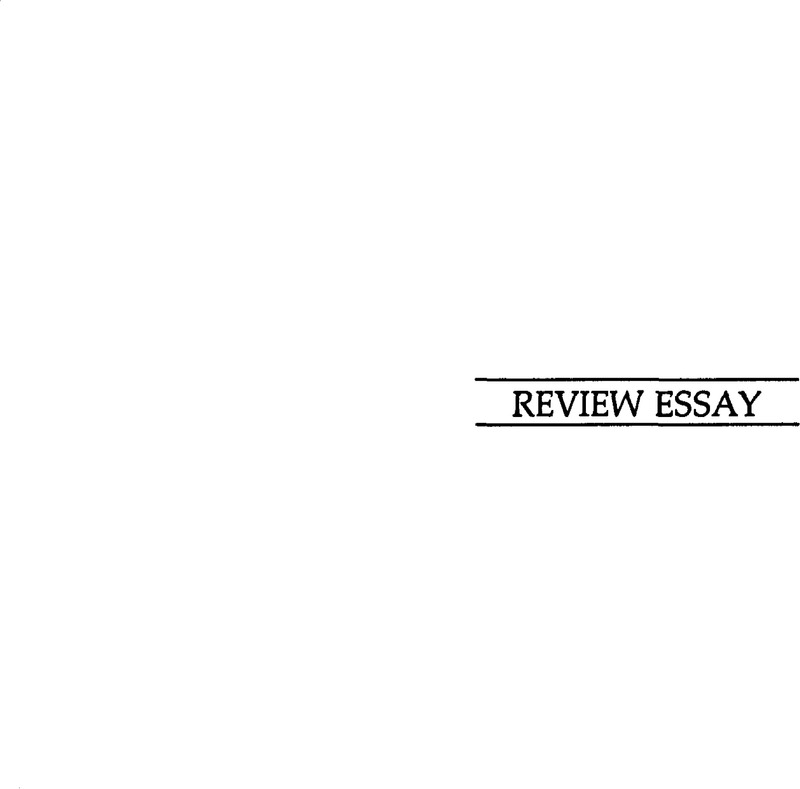Published online by Cambridge University Press: 01 August 2014

1. By rational choice approach, tradition, or framework I mean all work that is based on methodological individualism and assumes that individuals compare expected benefits and costs of actions prior to adopting strategies for action. By rational choice theories I mean the more specific assumptions made by a scholar about the type of information, valuation, and calculation involved in individual choice. When I refer to a model of a rational choice theory, I mean a specific formal representation of a theory. Multiple models exist for any theory, and several theories are usually consistent with an approach. The distinction I use between approach, theory, and model is the result of many discussions with Vincent Ostrom and other colleagues at the Workshop in Political Theory and Policy Analysis.
2. The difference between rules devised by humans and physical laws, however, is that rules can be broken. Thus, individuals do have to decide whether they wish to follow the rules related to a particular institution or not. When following rules produces better consequences for an individual than not following rules, little calculative effort needs to be devoted to a decision. The key difference between the position that a rational choice theorist would take and that of March and Olsen is that the former presumes that all individuals will at some time be sorely tempted to break some rule due to the very high payoffs that could result. Those who adopt an assumption of universal opportunism posit that only the expected cost of external sanctions keep individuals in line. Both Elster and Tsebelis presume only that individuals can be tempted rather than that individuals do behave in a universally opportunistic manner.
3. Such choices are frequently the result of personal commitments to particular modes of action. The term rule is applied by some scholars to personal commitments as well as to socially shared commitments. I prefer to use the term strategy for the plan of action that an individual adopts and rule for the shared prescriptions with which actions must, must not, or may, be taken.
4. The simple phrase set of institutions (assuming law and order) is used as a necessary condition for allowing a market to work. While the phrase is short and simple, the set of institutions creating property rights, monitoring buyers' and sellers' behavior, and enforcing rules is an incredibly complex, multilevel institutional arrangement in which competitive markets are nested.
Comments
No Comments have been published for this article.